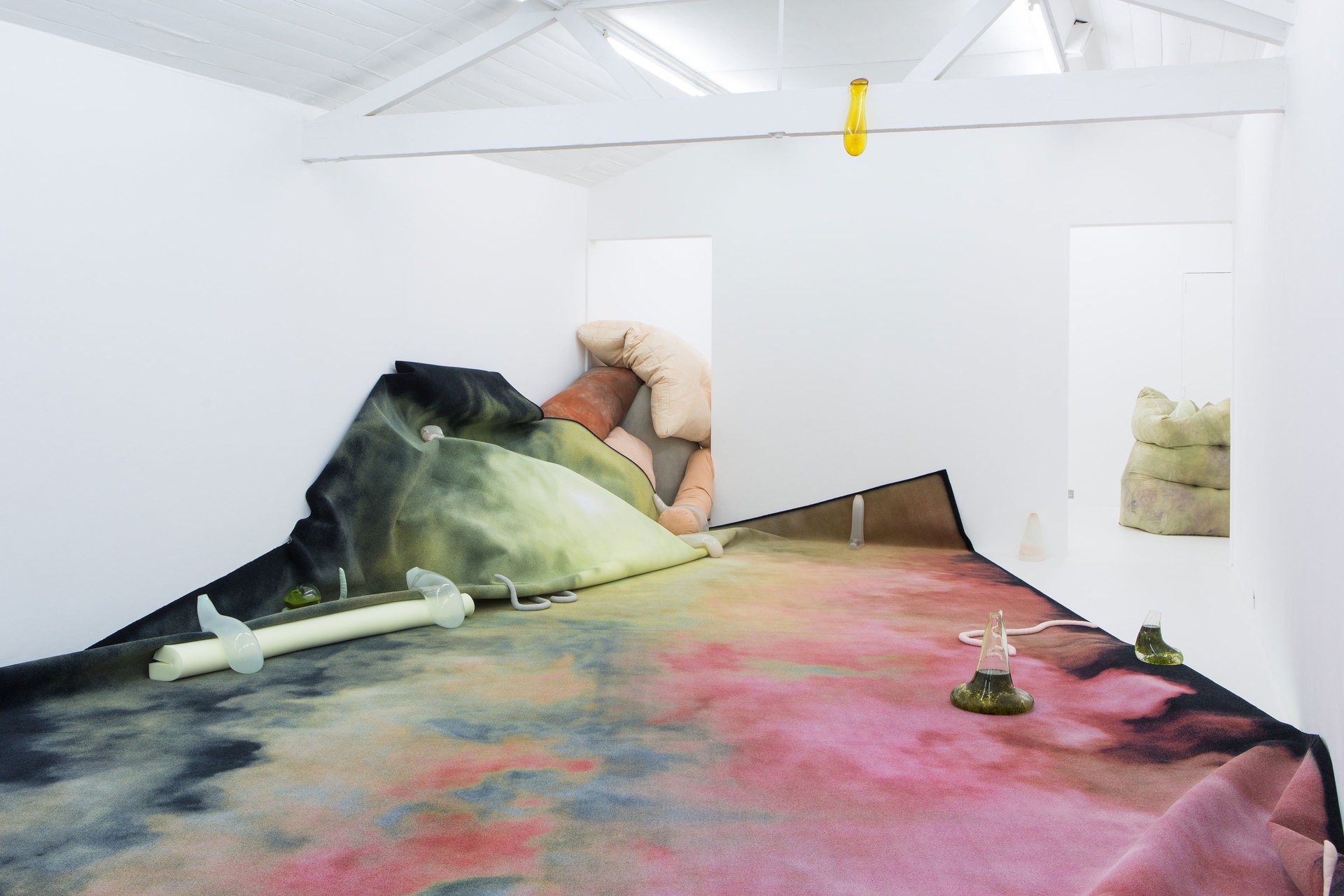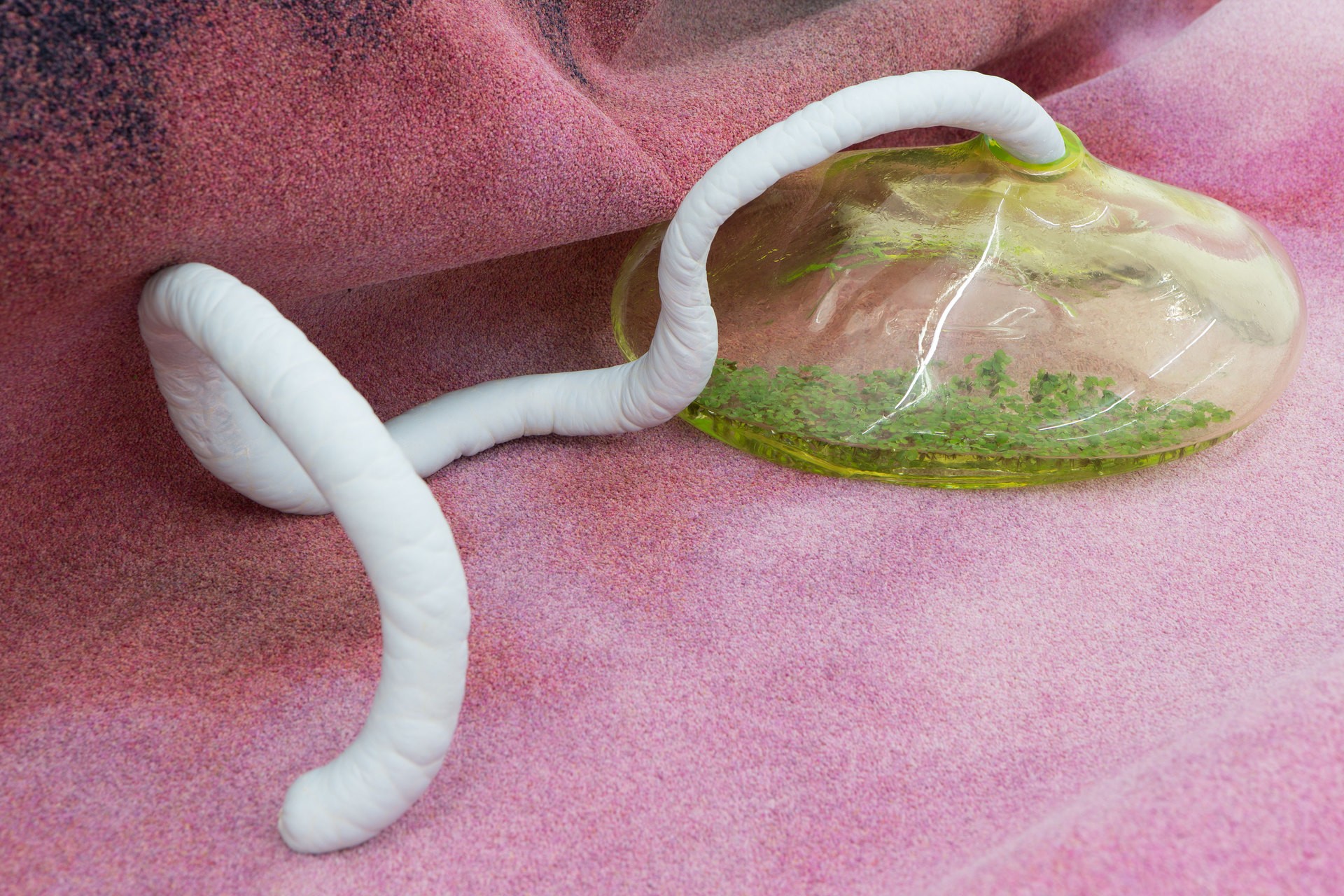Hannah Barry Gallery x Foolscap Editions, London
Editor
2025
Lo Brutto Stahl, Paris & Basel
Exhibition Text
2024
Hannah Barry Gallery x Foolscap Editions, London
Editor
2024
émergent, London
Interview
2024
DUVE, Berlin
Exhibition Text
2024
émergent, London
Interview
2024
Incubator, London
Exhibition Text
2023
QUEERCIRCLE, London
Exhibition Text
2023
L.U.P.O., Milan
Catalogue Essay
2023
Tarmac Press, Herne Bay
Catalogue Essay
2023
Brooke Bennington, London
Exhibition Text
2023
Freelands Foundation, London
Catalogue Essay
2023
superzoom, Paris
Exhibition Text
2023
Lichen Books, London
Catalogue Essay
2022
Tennis Elbow, New York
Exhibition Text
2022
émergent, London
Interview
2022
Guts Gallery, London
Exhibition Text
2021
Kupfer Projects, London
Exhibition Text
2021
Collective Ending, London
Catalogue Essay
2021
L21 Gallery S’Escorxador, Palma De Mallorca
Exhibition Text
2021
TJ Boulting, London
Exhibition Text
2021
Quench Gallery, Margate
Exhibition Text
2021
COEVAL, Berlin
Interview
2021
COEVAL, Berlin
Interview
2021
Foolscap Editions, London
Catalogue Essay
2020
Gentrified Underground, Zurich
Catalogue Essay
2020
Camberwell College of Arts, London
Exhibition Text
2019
Kronos Publishing, London
Editor
2019
Elam Publishing, London
Editor
2019
William Bennington Gallery, London
Catalogue Essay
2019
Elam Publishing, London
Catalogue Essay
2018
Camberwell College of Arts, London
Exhibition Text
2018
Limbo Limbo, London
Exhibition Text
2017
Saatchi Art & Music Magazine, London
Review
2017
Cell Project Space
17 November 2017 – 21 January 2018
with ‘U’, a performance by Rachel Pimm
Upon hearing the title for Julia Crabtree and William Evan’s latest show at Cell Project Space, I arrived anticipating the macabre. A black room crammed with pink rinds of flesh and lurid, hypnotic screens; a sculptural endoscopy of sorts. Fortunately, this wasn’t the case. An extension of their long term collaboration and combined research interests, Gullet elides the surgical footage of gastric tissue and mucous which haunts our popular imagery of inner-bodily processes. Instead, by juxtaposing craft, technology and a vibrant materiality, Crabtree and Evans animate the customarily oblique aesthetics of contemporary art with a subtle consideration of mutual affectivity and the collective ecologies of human embodiment.
Augmenting their 2016 show Gulch – commissioned by The Banff Centre, Canada – the architecture of Cell Space has similarly been inverted by the inclusion of an abstract, multi-coloured carpet. Taking its aesthetic from digitally rendered smoke, the flat surface evokes the inhuman perception of heat sensitive surveillance technologies and satellite maps, used as a visual indicator of life or organic activity (as has been brutally displayed in the state-military apparatus of Richard Mosse’s prescient work Incoming). Angled and crammed toward one of two hollow doorframes – taking as their implicit form as Gullet’s pharynx and anus – this macro-vital cartography hosts an array of microbial forms.
The largest of these amoebic bodies are a series of lumpen furnishings mounting each other as they pile through the Gullet’s narrow oesophagus. Reminiscent of the uncanny mattresses shown in Kaari Upson’s latest exhibition at the New Museum, Good thing you are not alone (2017), the nauseating blend of moss green, warm beige and mauve gives the swollen forms a distinct sense of half-chewed, half-digested food matter. Hidden the other side are a loose swarm of parasitic worms, each cast in a pastel jesmonite, twisting and convulsing around one another in an orgy of ravenous anticipation.
The lucky few of these intestinal feeders that have slithered their way into the main space of the gallery find themselves drawn to presence of several clairvoyant glass blobs. Dispersed in the space, drooping from Cell’s natural architecture or bosomed by soft rolls of bare memory foam, several of these molten orbs have been left empty whilst others harbour a multitude of green algae. The morphological bodies of these post-terrarium chambers appear similar to the fluid undulations of brain cell mitochondria, which through a process of self-deformation stretch and connect our various neural pathways – a network of neuroanatomy itself named the vermis, from the etymological root ‘vermi’ – the worm.
Accompanying the exhibition is a performance by Rachel Pimm, an artist familiar with said vermicular genealogies (see her 2015 performance at the Chisenhale Gallery, Worming out of shit). Focusing on the active materiality of Uranium or ‘U’, a spoken word piece follows as the red eye of a Geiger counter traces over the audience’s bodies and Gullet’s strange glass amoebas. In each case the erratic ticks of the counter intensify: the glass has been fired in an old technique containing U, historically used for tinted colouring and ultra-violet illumination.
Constructing a conceptual assemblage of U, from its mining in the Congo and Rwanda, to its forces of evolutionary attraction and its new configuration as a vehicle of planetary annihilation, the address signs off: 'U is alien. U, the first and last natural thing on the earth. U came from the stars in a fog of cosmic energy.' Combined with the hybrid ecology of Gullet, the insinuation is clear. You are U: both alien and collective, productive and entropic. Used neither as a bulwark to the bemoaning of symbolic integrity, nor as an avant-garde ‘Return to the Real’, the materiality expressed by Gullet and U is heterogeneous and entangled. It reminds us that we are complex systems; embodied collectivities at once organic and synthetic, molecular and cosmic.


B.A.E.S., London
Exhibition Text
2016